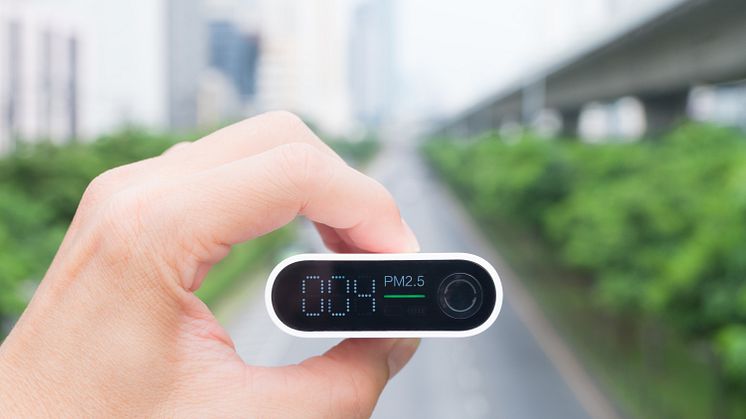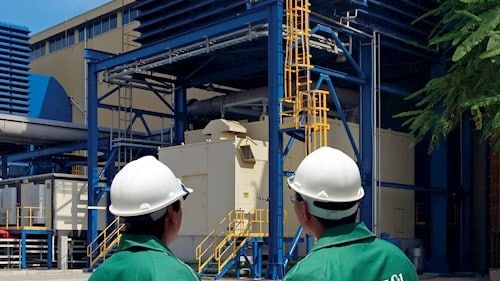
Blog post -
Air quality Index- How clean is the air in your country
Metrics matter because you can't manage what you don't measure. Making decisions based on facts rather than emotions or "gut feel" is the only way to manage a situation effectively. That's why an air quality index (AQI) is an invaluable tool in the relentless battle against air pollution.
Air Quality Index can be used to communicate to the public how polluted the air currently is or how polluted it is forecast to become, thus providing a measure of how bad the air is. Other ways are to conduct studies like the one Camfil did on Sweden's most polluted street.
As Kevin Wood, Vice President Sales and Marketing at Camfil USA, points out: “The air quality index is needed to provide a metric for warning citizens about the dangers of air pollution at varying levels of intensity.”
He warns: “Particulate matter (PM) air pollution consists of fine particles… that are small enough to penetrate people’s lungs and bloodstream. Particulate matter pollution can cause or exacerbate heart and lung conditions and increase a person’s chance of developing lung cancer.” Here's more information regarding PM 1.
The dangers of poor air quality were highlighted in ‘Air quality in Europe — EEA Report No 10/2019’ published by the European Environment Agency in October 2019.
This report presents an updated overview and analysis of air quality in Europe from 2000 to 2017. It reviews the progress made towards meeting the air quality standards established in the two EU Ambient Air Quality Directives and towards the World Health Organization (WHO) air quality guidelines (AQGs).
It says: “Air pollution continues to have significant impacts on the health of the European population, particularly in urban areas. Europe's most serious pollutants, in terms of harm to human health, are PM, nitrogen dioxide (NO2) and ground-level ozone (O3).”
Air pollution continues to have significant impacts on the health of the European population, particularly in urban areas.
As well as impacts on health, the report also emphasises that poor air quality also has a powerful negative effect on European ecosystems: “[Air pollution] leads to several important environmental impacts, which affect vegetation and fauna directly, as well as the quality of water and soil and the ecosystem services they support. The most harmful air pollutants in terms of damage to ecosystems are O3, ammonia and nitrogen oxides.”
Each country has its own air quality index (AQI), which will correspond to different national air quality standards. Calculating an AQI involves using an air monitor or model to measure the concentration of an air pollutant over a specified period. Taken together, concentration and time represent the dose of the air pollutant.
Public health risks increase as the AQI rises and the health effects corresponding to a given dose are established by epidemiological research.
One of the best air quality indices is the World Air Quality Index because it is based on information supplied by national governments and covers most areas of the world. The WAQI is based on hourly measurements of particulate matter, ozone, nitrogen dioxide, sulphur dioxide and carbon monoxide emissions.
Air is invisible, and it’s easy to forget about its potential for harm as we go about our daily lives. Furthermore, the indoor environment can be up to 50 times more polluted. That’s why the Air Quality Index is so important; by highlighting the problem, our governments are more likely to do something about it – globally, almost every country in the world is taking steps to improve air quality.
FOR MORE INFORMATION, AND TO CHECK OUT THE AIR QUALITY IN YOUR COUNTRY, FOLLOW THE PAGES BELOW:
1. Breathe Life
2. Waqi
3. SLB-Analys
4. Air Visual
Sources:
1. https://www.weforum.org/agenda/2019/08/air-pollution-mental-health/
2. https://www3.epa.gov/airnow/airaware/community.html
3. http://www.epa.ie/air/quality/
4. https://www.eea.europa.eu/publications/air-quality-in-europe-2019




